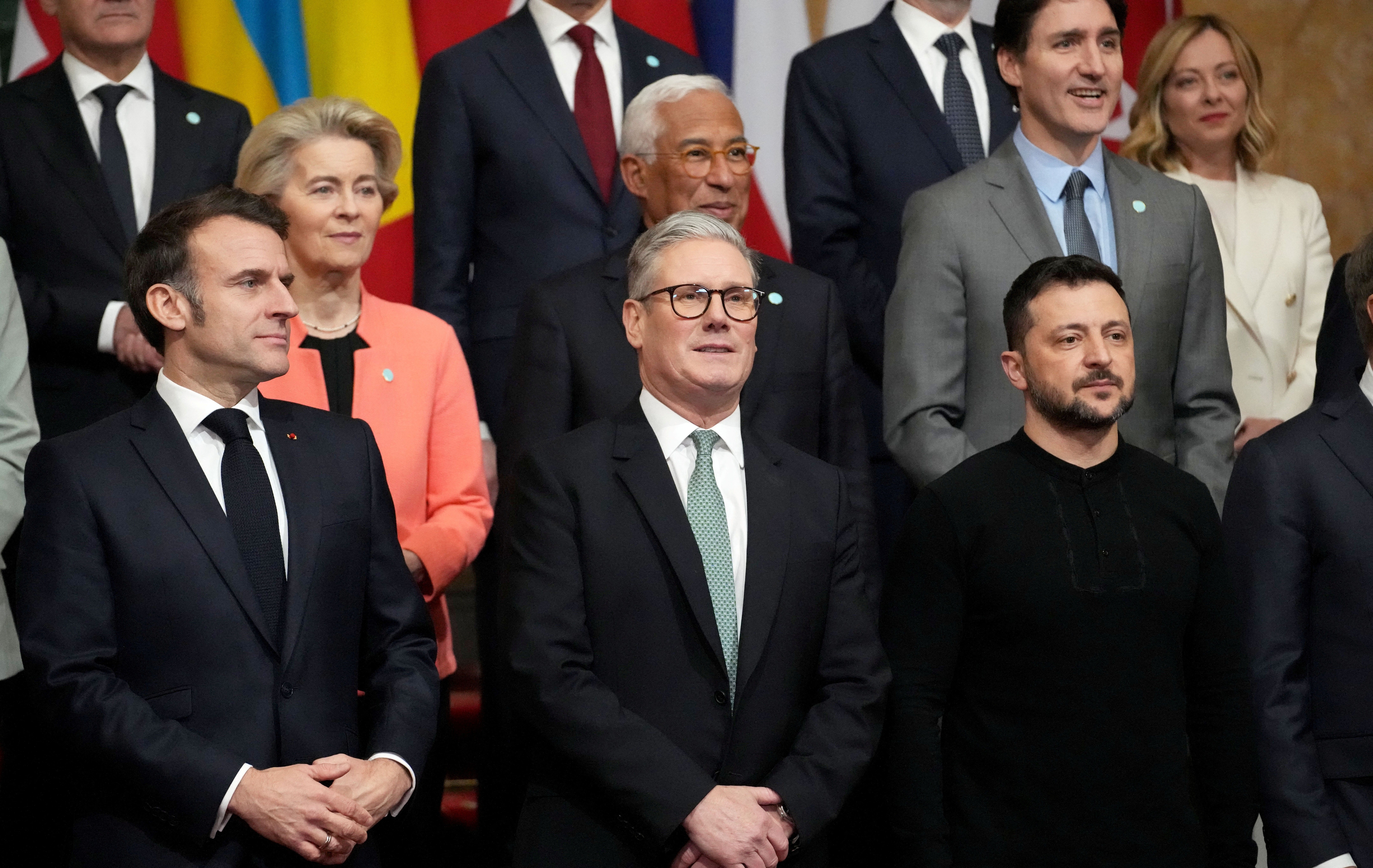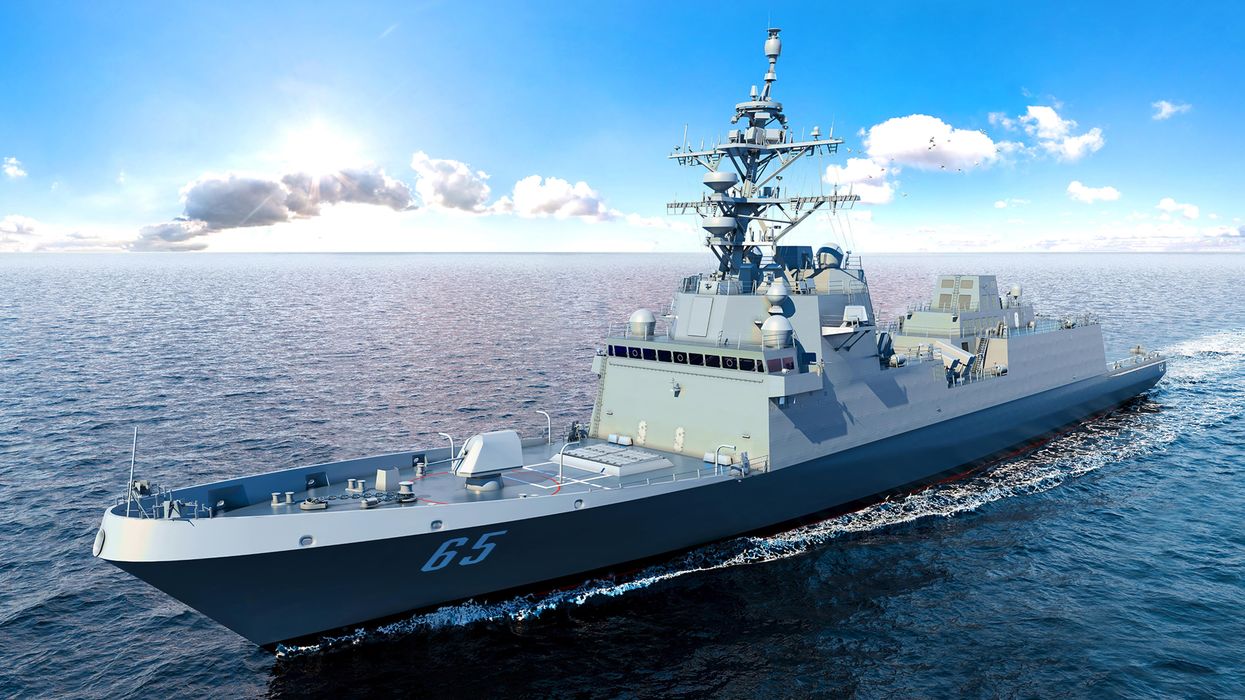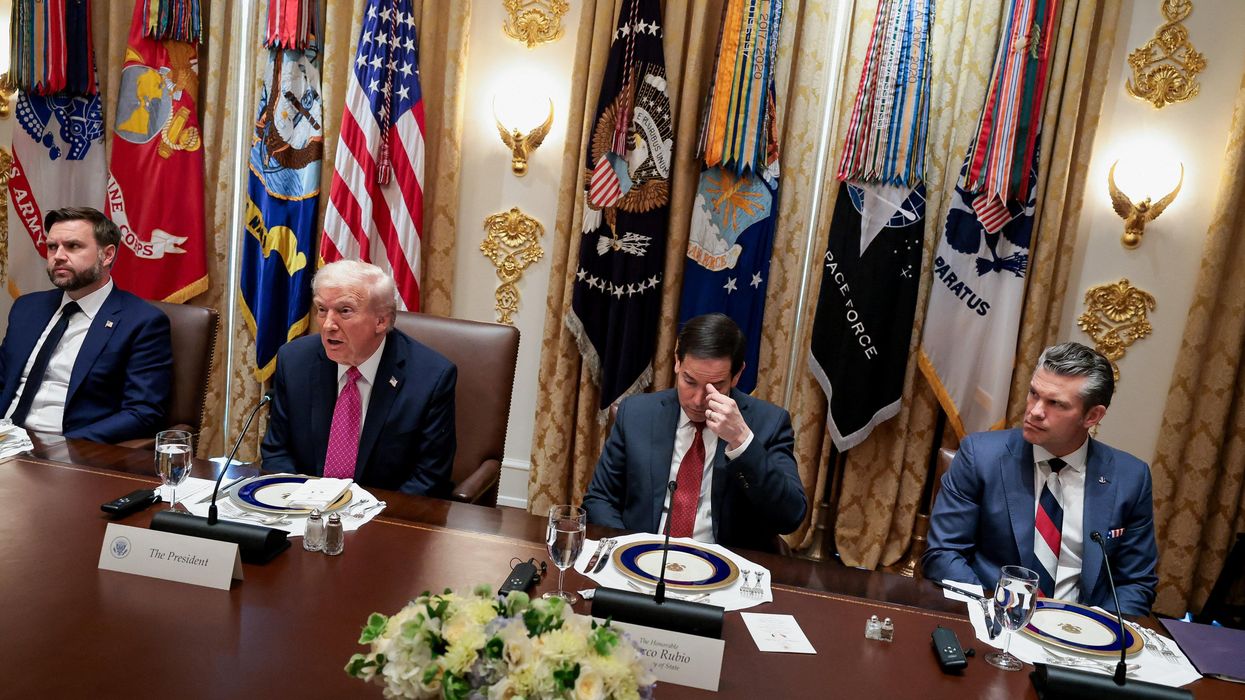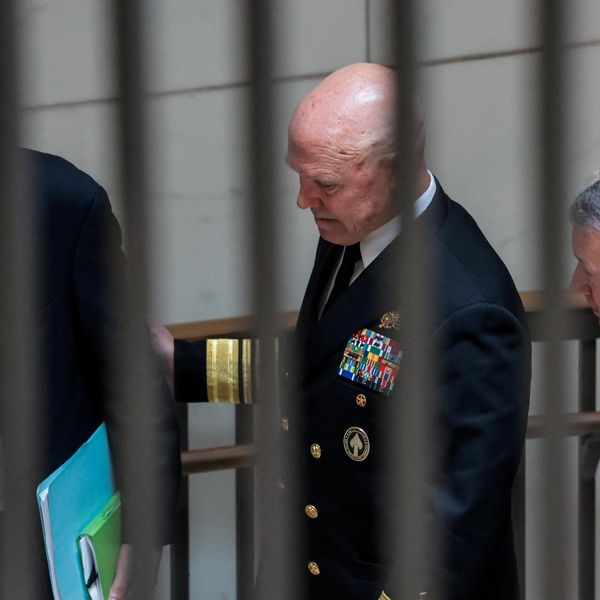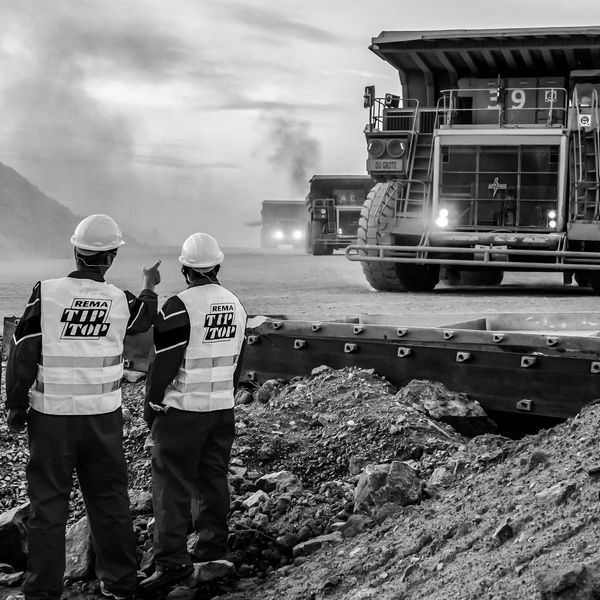President Donald Trump has made clear that achieving a negotiated settlement to the Russia-Ukraine war is one of his administration’s top priorities. To endure, a deal will need to address the concerns and bottom-line demands of Russia, the West, and Ukraine.
One of Ukraine’s primary demands, on full display during Friday’s clash between Trump and Ukrainian President Volodymyr Zelensky in the Oval Office, is reliable security guarantees —how Kyiv can ensure that a cessation of hostilities is not merely a prelude to another round of Russian aggression.
The ideas proposed so far, from NATO membership to the stationing of Western troops on Ukrainian soil, are largely unworkable, in no small part because they represent developments that Russia went to war precisely to prevent.
The inevitable conclusion is that deterrence-related measures alone will not provide Kyiv with sufficient guarantees of its security. Dialogue and diplomacy with Russia will need to be part of the mix as well.
One method of strengthening Ukraine’s security through diplomacy would be to establish a crisis consultation mechanism not only for U.S.-Russia relations, but for the European security order more generally. Such a proposal was fleshed out recently in the Quincy Institute’s Better Order Project, which brought together more than 130 experts and practitioners from around the world to develop measures aimed at stabilizing an international order in transition.
The current standoff between Russia and the West stems partly from the application of competing principles on how to organize European security. These include a state’s right to choose its geopolitical orientation (including membership in military alliances) and the notion of indivisible security, which posits that one state should not increase its security at the expense of another.
Despite the tensions between these ideas, both appear in the Charter of Paris, which brought the Cold War to an end.
It is not possible to overcome these tensions in their entirety. Security relations in Europe since the end of the Cold War have often been marked by a dialogue of the deaf: Western pronouncements that Ukraine’s NATO membership was purely a matter for Kyiv and NATO capitals to decide have clashed with Moscow’s repeated insistence that it should have a say in matters that it believes threaten its security.
Tensions and contradictions that cannot be resolved must be carefully managed. The establishment of a crisis consultation mechanism, aimed at providing a less public-facing setting for discussing competing principles and the tangible disputes that flow from them, could assist with this task.
This new body would meet regularly, say quarterly, with the aim of forging new habits of interaction among the leading Euro-Atlantic players and encouraging them to assess threats to continental stability more collectively. States and other actors would use the body to game out and prepare for potential crises. Its purpose would be to build trust and shape norms of behavior for geopolitical crises — not to resolve crises definitively.
The new body would need to be nimbler than the Organization for Security and Cooperation in Europe (OSCE), which operates based on consensus among its 57 members. Yet it would still need to balance efficiency and representation, while ensuring the ad hoc participation of an affected party in a given crisis. Most important, it must be based on the geopolitical realities of today’s Europe.
Today, most European states are members of either NATO, the EU or both. That number may grow in the years ahead as the EU advances its enlargement agenda. The United States will continue to be a major factor in continental security — even if with a diminished role in NATO — while Russia will remain the only major country whose membership in NATO or the EU is for all practical purposes inconceivable. In these circumstances, managing European security in the future will almost certainly entail the creation of some consultative platform between NATO/EU and Russia.
To be effective, the mechanism would have to be much smaller in membership than the OSCE — ideally composed of the United States, Russia, and NATO and the EU. The latter two would be represented either as institutions or by one or two members each, perhaps on a rotating basis. (The Collective Security Treaty Organization could be included in some guise to dilute the Western numerical domination of the group, if Moscow insisted.)
Countries could be added on an ad hoc basis, depending on the specifics of any quarterly agenda. Because this would be a consultative rather than a decision-making body, Russia would have no veto over NATO or EU decisions, although it would be able to voice its concerns.
Over recent decades, institutions such as the NATO-Russia Council and the OSCE were tasked with fostering cooperation and shared aspirations among states in the Euro-Atlantic space. As such, this new mechanism will fill a gap in the post-Cold War European institutional tapestry: Its focus will be to help Western countries to manage their adversarial relationship with the Russia that actually exists, rather than the Russia onto which they projected their own ideals and preconceptions after the fall of communism.
The creation of this body would also represent a qualitative change to the de facto situation that prevailed on the eve of the Russian invasion of Ukraine. Its establishment would ensure the existence of a contact group that boasts flexible methods and composition and a political commitment to talk through crises, incidental or otherwise.
While such a body may not have prevented Moscow’s war of aggression outright, it may have offered a space where Russia and the West could have identified and pursued off-ramps at an earlier stage of the conflict, before the positions of all parties had hardened.
After more than a decade of war and three years of full-scale aggression, Kyiv understandably wants ironclad guarantees that it will not suffer the same fate once Russia has had the opportunity to reconstitute its forces. This is especially so, given that the mere “assurances” of the 1994 Budapest Memorandum proved inadequate to the task of blunting Russian revanchism.
But the truth is that there are no “guarantees” of perpetual peace in this world. Only an evolving mix of deterrence and diplomacy – along with an ongoing commitment to talk through crises rather than talk at one another – can ensure the security of Ukraine, Russia and a common European home.
- Tell us how this war in Ukraine ends ›
- Trump and the viable road to peace in Ukraine ›
- No, a ceasefire is not a ‘bad deal’ for Russia | Responsible Statecraft ›
- Loose, abstract talk of 'guarantees' could sink Ukraine peace | Responsible Statecraft ›
- For peace in Ukraine, Russia needs 'security guarantees' too | Responsible Statecraft ›

